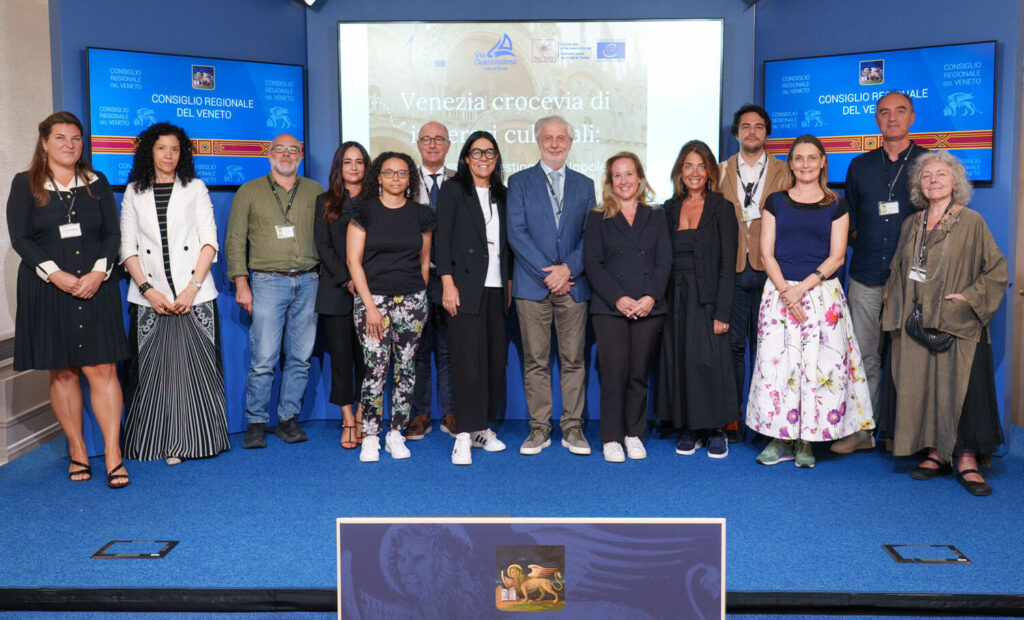
On 2 September 2025, Venice once again reminded Europe of its role as a city of encounters. In the lagoon where cultures have been crossing for centuries, three Council of Europe Cultural Routes (Iter Vitis, Via Querinissima and Destination Napoléon) came together at "Venice at the crossroads" to show how heritage and history continue to link people across borders.
A crossroads of stories and destinies
The September gathering showed how different Cultural Routes enrich one another. Iter Vitis invited visitors to discover the hidden vineyards of the lagoon, while Via Querinissima recalled the extraordinary journey of Pietro Querini, a Venetian whose travels linked the Mediterranean with Northern Europe. Destination Napoléon contributed by underlining how the city's encounter with Napoleon mirrors Europe’s broader story of conflict, reform, and cultural exchange.
Venice and Napoleon
Although Venice is not part of the Federation of Napoleonic Cities, its Napoleonic past is inseparable from the narrative we preserve and promote. The city still bears the mark of Napoleon Bonaparte, whose arrival in 1797 ended more than a thousand years of Venetian independence. Through the Treaty of Campo Formio, Venice passed from one empire to another, becoming both a symbol of the fall of the old order and the beginning of modern change.
Napoleon’s impact was immediate and lasting:
- Governance : French models of administration were introduced, breaking with the Republic’s ancient structures. For example, a municipal system of government replaced the oligarchic rule of patrician families.
- Architecture and urban life : Venice was reshaped. Piazza San Marco, the heart of the city, was redesigned as a stage for power. The Procuratie Nuove were converted into a Royal Palace (later the Palazzo Reale), turning what had been a civic and religious space into a seat of political prestige.
- Culture : artworks were removed, institutions redefined, and collections reorganised, leaving an imprint still visible in Venice’s museums and archives today.
For Destination Napoleon, Venice stands as a turning point in European history. A place where the legacy of Bonaparte intersected with centuries of maritime power, leaving behind a layered heritage.
An European shared history
By engaging with other Cultural Routes in Venice, Destination Napoleon emphasises that heritage is not confined to one city or one network. It is a shared European story, one where the Napoleonic era still resonates, reminding us how power, culture, and identity were negotiated in a time of great transformation.